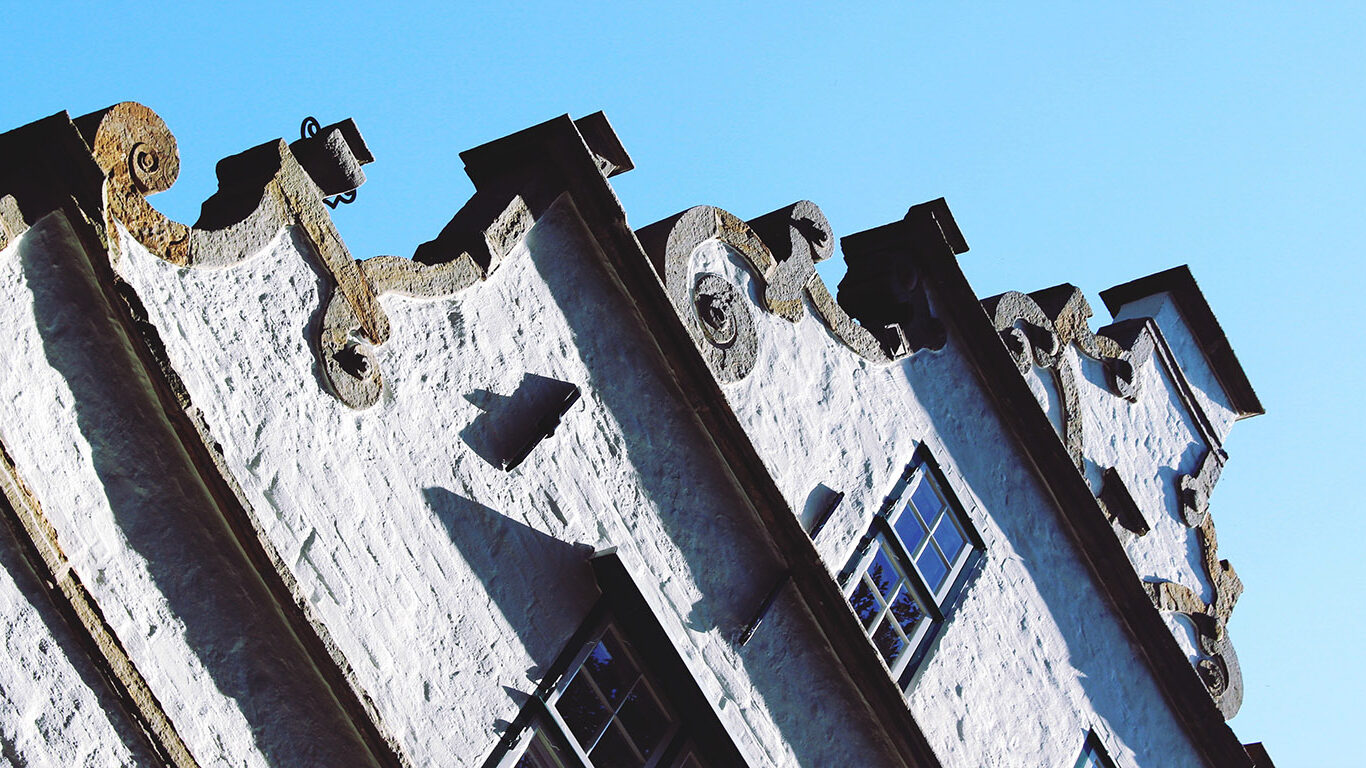North Frisia Blog Information on current topics

One of the many advantages of North Friesland is its close proximity to Denmark. We have 5 tips for living and working in the border region for you.
When you live in the border region, you are close to two different and exciting cultural worlds and labor markets. The cultural associations of the German and Danish minorities ensure that traditions and cultural offerings are kept alive. The regional sections of the SSF – Sydslesvig Forening, for example, also organize the St. Hans Festival with the traditional bonfire in the German border region on 23 June. Numerous activities are organized by the German minority in North Schleswig.
In North Friesland you will find many languages in addition to High German. Low German and Frisian are still spoken today on the mainland, islands and Halligen. In addition, the Danish language and culture is practiced at 55 day-care facilities and 40 schools run by the Danish School Association for Southern Schleswig. Conversely, there are also German schools and kindergartens in the Danish border region of North Schleswig, which are run by the German School and Language Association. Did you know that children in northern Schleswig-Holstein can attend Danish kindergartens and schools? If they complete their Danish school-leaving certificate, they can easily do an apprenticeship or study in Denmark.
The longing for Danish hygge is growing year after year and more and more visitors to Denmark are toying with the idea of living and working there in the future. But if you want to take the plunge, you need to find out exactly what you need to know beforehand and be prepared to deal exclusively with the Danish authorities digitally. Every resident has a personal identification number (CPR) and their own digital signature, the MitID (My ID). Personal visits to authorities or paper letters are also outdated in everyday business life or among friends. Everything is handled digitally. In addition, foreign employees must apply for a Danish tax card.
The Sønderjylland-Schleswig Region Infocenter is a service for cross-border commuters, companies and others. Advice is available to anyone who wants to settle or work on the other side of the border. As every customer has their own individual circumstances, we provide helpful information tailored to your questions about relocation, social security, taxes, training, employment and much more in a personal meeting. Initial information on the homepage